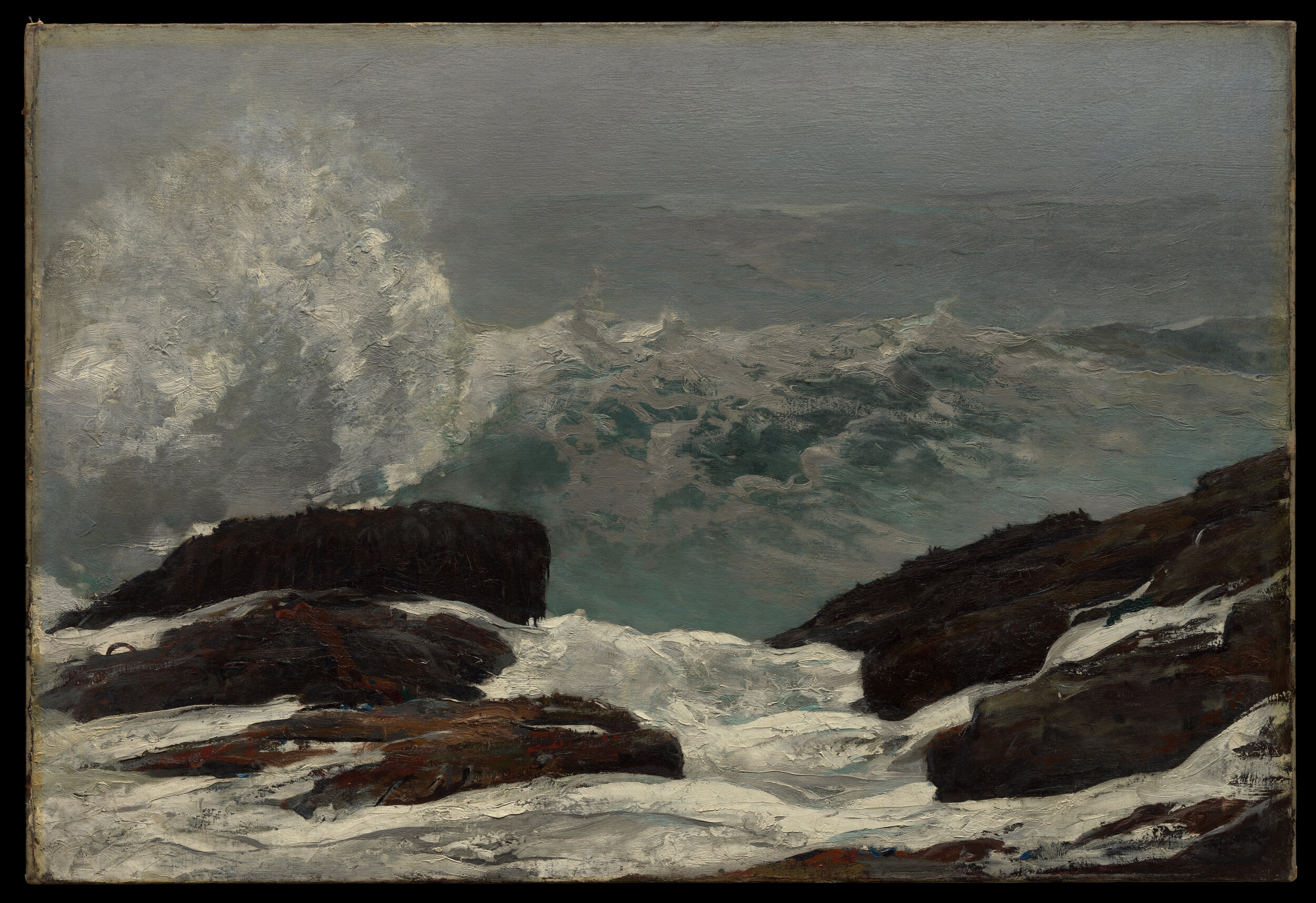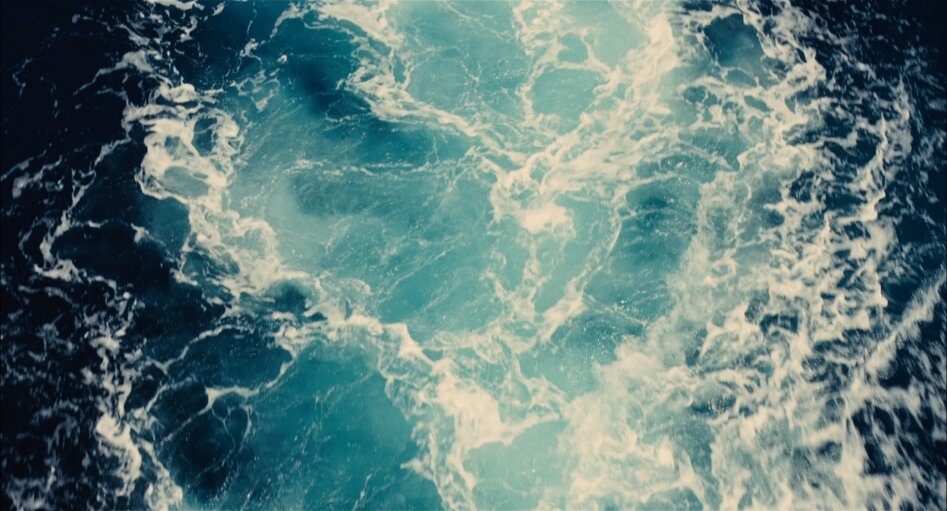
Winslow Homer, “Maine Coast” (1896)
Melville’s Foams
for the Oxford Companion of Herman Melville,
Edited by Michael Jonik and Jennifer Greiman (Oxford UP, 2025)

Over the past few decades, a deeper understanding of Melville’s engagement with nineteenth-century science has opened new ways of reading the many animals, plants, and minerals that appear in his fictions and poems. This “ecological” Melville – a twenty-first-century elaboration of the very earliest Melville criticism – has begun to teach us fresh lessons about multispecies dwelling in the age of anthropogenic climate change. But much remains unnoticed and unthought in Melville’s ecologies. What, for example, can we say about all of the slimes, molds, and foams that creep into familiar descriptions of cetaceans and captains? This chapter examines some of Melville’s strangest imagery: the marginal and seemingly unremarkable descriptions of the fizzy, scummy conditions at the boundary between substance and vapor, life and decay, shore and sea. Getting dirty with Melville, we are able to excavate the meaning of these oozy phenomena for his philosophy of literature and for their implications in the environmental humanities’ efforts to reconstruct the historical origins of the Anthropocene. Along the way, Melville’s foams come to characterize his representations of planetary scales and biogeochemical cycles, his relationship to broader transatlantic literary cultures, and his unique, material understanding of the nature of artistic creativity itself.